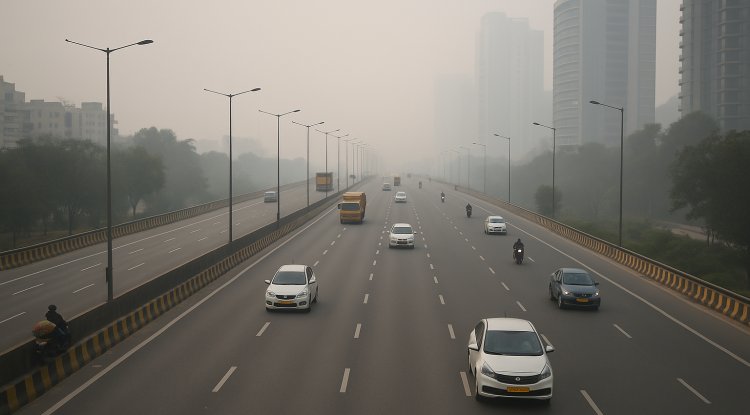India Eyes Rs 4.79 Lakh Cr Investment In Energy Storage By 2032: SESI 2025
India's energy storage sector is set to receive ₹4.79 lakh crore investment by 2032, with key government and industry partnerships discussed at SESI 2025 to support renewable integration and storage infrastructure development

The energy storage sector in India is expected to witness an investment of ₹4.79 lakh crore (INR 479 thousand crore) by 2032, according to industry leaders at the 5th edition of the Stationary Energy Storage India (SESI) Conference 2025 held in Gandhinagar. The event brought together over 200 government officials, industry experts, and international stakeholders to discuss developments and policy strategies to support India’s growing energy storage needs.
Backed by government support, India’s energy storage market is projected to grow fivefold between 2026 and 2032. The Solar Energy Corporation of India Ltd. (SECI), NTPC, SJVN, and state governments such as Gujarat, Uttar Pradesh, and Madhya Pradesh have released several tenders for standalone energy storage systems, renewable dispatchable energy, and peak power supply projects.
The conference highlighted India’s National Electricity Plan (NEP), which projects a significant rise in storage capacity from 82.37 GWh by 2026-27 to 411.4 GWh by 2031-32. This includes a mix of Pumped Storage Projects (PSP) and Battery Energy Storage Systems (BESS). Specifically, BESS capacity is expected to grow from 34.72 GWh to 236.22 GWh in the same period.
Gujarat is emerging as a key player in this transformation, contributing over 30 GW of renewable energy today with a target of 100 GW by 2030. The state is focusing on grid stability, peak shaving, and energy infrastructure investments to support renewable energy integration. Ongoing projects in areas like Modhera and Kachchh are early examples of this transition.
Officials at the event emphasized the reduction in energy storage costs, noting a fall from ₹10 lakh per megawatt per month to around ₹2.5 lakh per megawatt over the past two years. New standards for battery energy storage systems are also set to be released to guide suppliers and consumers in the market.
SESI 2025 served as a platform for dialogue on policy, technology, market readiness, and investment potential. It featured participation from key stakeholders including the Ministry of New and Renewable Energy (MNRE), Central Electricity Authority (CEA), SECI, NTPC, CES, Gujarat Energy Research and Management Institute (GERMI), Adani New Industries, JSW Energy, World Bank, and the World Economic Forum.
According to projections discussed at the event, India will require approximately 500 GWh of energy storage by 2030, and this demand could grow to 5,000 GWh by 2047. This aligns with India’s larger renewable energy goals of achieving 500 GW of non-fossil fuel capacity by 2030.
The India Energy Storage Alliance (IESA), which organized the event through its SESI Council, has been working with key stakeholders to address energy storage adoption challenges and drive policy reforms. Since its inception in 2012, IESA has grown to a network of 180+ member companies across sectors such as energy storage, electric mobility, green hydrogen, and cleantech innovation.
The conference underscored that energy storage is not just a support system but an enabling technology critical to the success of renewable energy deployment in India.
What's Your Reaction?

















